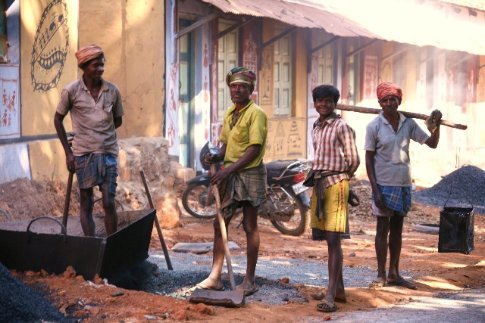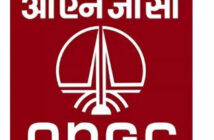28,000 Arsenic & Fluoride affected habitations to get safe drinking water by 2021.
Shri Tomar said that in the current year, the Ministry of Rural Development proposes to train 5 lakh candidates with an assured placement of over 70 percent of these youth in Wage and Self Help employment programmes. He said that Rural Self Employment Training Institute (RSETIs) trained 4 lakh rural youth in 2016-17 for Self Employment.
Shri Tomar said that under MGNREGA during FY 2016-17, more than 1.23 crore assets have been geo tagged and placed in public domain and about 96% of wage payments were electronically credited into the accounts of the workers through DBT system. So far, 8.73 crore Aadhar number of workers have been seeded in NREGASoft (MIS) and 4.73 have been enabled for Aadhar Based Payment with their consent. He added that Job Card verification/updation was taken on priority basis during FY 2016-17 and more than 1 crore Job Cards have been deleted after verification.
On the subject of PMAY-G, Shri Tomar said that in line with the government’s stated objective of “Housing for All” by 2022, the Government intends to provide houses to 1 crore poor people by 2019 in rural areas. A total of 34.82 lakh houses have been constructed during 2014-15 to 2015-16, against a target of 45.98 lakh houses under the erstwhile scheme of Indira Awaas Yojana (IAY). During 2016-17, a total of 32.14 lakh houses have been completed with an expenditure of Rs. 16,074 crore under the revamped scheme PMAY-G.
On PMGSY, the Minister said that the pace of construction of road has reached a record of 130 kms. per day, which is the highest average annual construction rate, in the last 7 years, with a record 47,447 kms of PMGSY roads constructed during 2016-17 thereby connecting 11,641 habitations, which implies providing connectivity of an average of 32 habitations every day, the highest ever in the last 7 years. He said, during 2016-17, “Road Connectivity project in LWE Affected Areas” has been launched for construction of all-weather roads in 9 LWE states in 44 worst affected LWE districts and adjoining districts with estimated cost of Rs 11,725 crore. This would be completed by March, 2020.
Dwelling on the issues of drinking water and sanitation, Shri Tomar said that providing safe drinking water is one of the top most priority of the government and the Government is committed to providing tap water on a sustained basis in every household by 2030 as per the United Nations Sustainable Development Goals for which Rs 23,000 crore of central fund will be required annually till the target is achieved. The Minister said that the dream of ‘Har Ghar Jal’ cannot be realized without the involvement of the citizens. Referring to the launch of National Water Quality Sub Mission on Arsenic and Fluoride to provide safe drinking water to about 28,000 affected habitations in the country by March 2021 with an outlay of Rs 25,000 crore, he said that there will be no discrimination of funds against any state to address the twin challenges of drinking water and sanitation. He said that sanitation coverage has increased from 42 percent 2014 to 64 percent in the current year and more that 4 crore toilets were constructed.
Shri Tomar said that under the 14th Finance Commission, Centre will be releasing more than 2 lakh crore rupees to Gram Panchayats for 5 years to undertake physical and social infrastructure projects in the villages. The Minister said that earlier about Rs 30,000 crore was allocated to the Panchayats in the 13th Finance commission, wherein Panchayats found it difficult to execute developmental projects in a holistic fashion. So far, Rs 51,234 crore were allocated to the states and 44 lakh panchayat functionaries were provided training.





